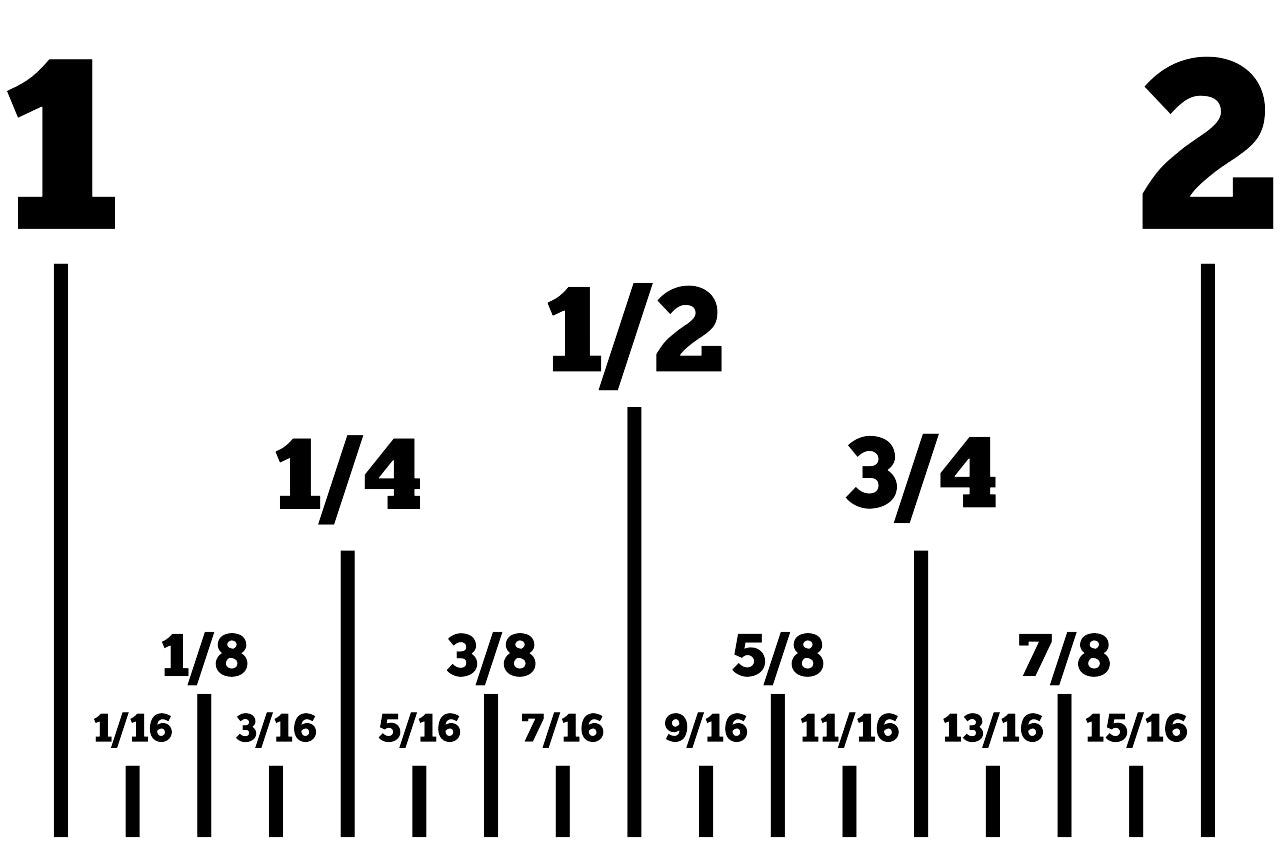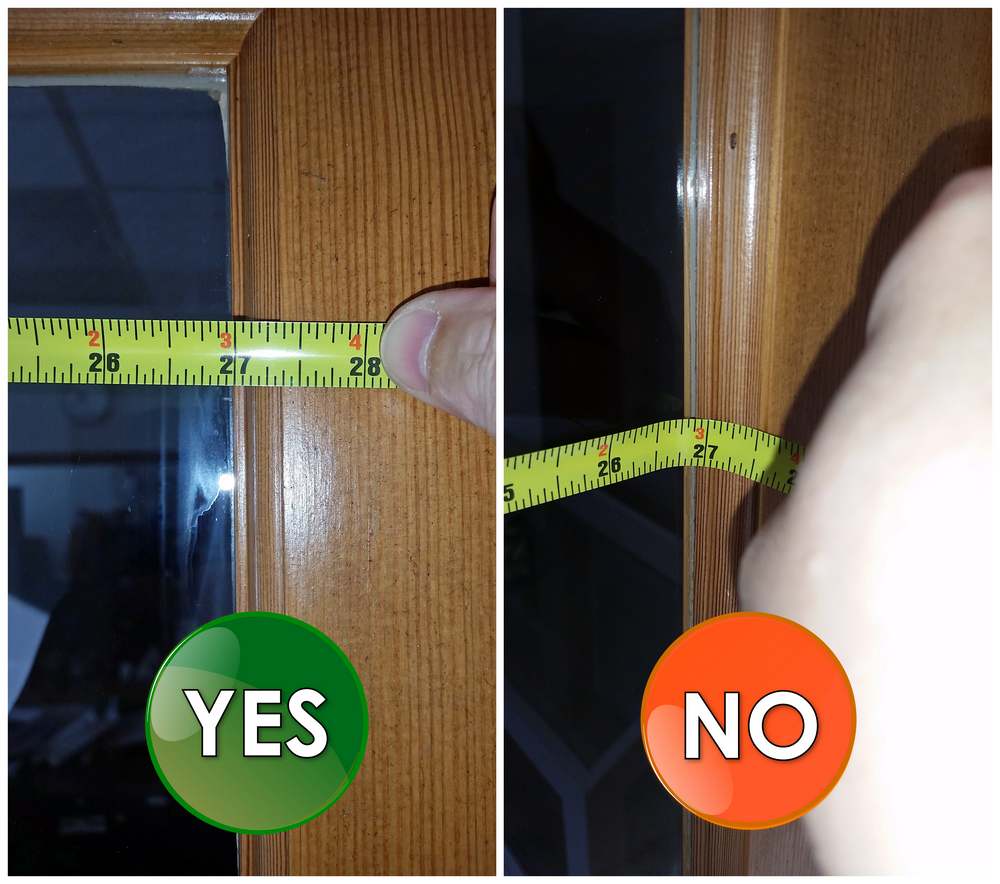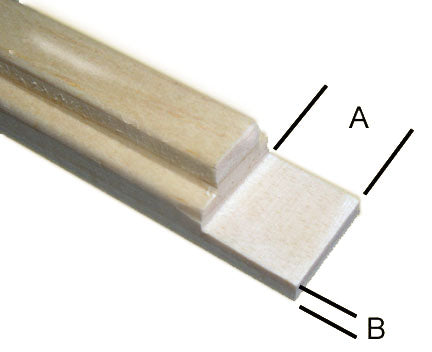How to measure your window
How to Measure Your Window To Accept Custom Grille Inserts
The following information will guide you through the measuring process. Accuracy in measuring is very important as Fixhome will build your custom window grilles based on the window dimensions you provide. Please read the following information carefully to ensure a proper fit.

Reading your tape measure
Pictured to the left is a full inch of a standard tape measure. Most tape measures divide inches into 1/16" increments. When providing dimensions to make grilles, measure the window in approximately the same place as the bar would sit in the sash. If your grille pattern has more than one bar in the same direction give us the longest dimension going that direction. It is better the bars be too long than too short. Grille bars can be easily sanded to fit if your dimensions are slightly oversize. Specify the dimensions width & height of your sash or existing grille to the nearest full inch and nearest fraction as indicated by the picture above without going over.

Measuring Your Sash
The image shown to the right are representations of a common window sash with a contour stile & rail profile. FixHome offers grilles with a square end cut on non surround grilles and 3 profiles for full surround grilles to best fit your sash. If your window sash has beveled stiles & rails you may wish to specify the grille be made at a larger size and modify the grille to fit. Here are two examples of the right way and wrong way to measure for window grilles.

Correct vs Incorrect
Here are two examples that illustrate the proper and improper techniques for measuring window grilles. Bending the tape measure into a corner will yield an inaccurate measurement. Whenever possible, extend the tape measure straight across the visible glass and look directly at it to accurately determine the visible glass measurement.
Measuring Criteria
- The Day Light Opening (DLO) of the sash must be measured to the nearest 1/32" of an inch, starting with the width and then the height. On the ordering page, you will find a field to input your DLO window size in whole inches and fractions for each grille pattern. Accuracy is important so measure carefully. Grilles are cut to your specific dimensions and are not returnable.
- Grille bars feature square-cut ends and are produced 1/32" smaller than the Day Light Opening to accommodate variations in sash and paint thickness. Custom end work on grilles is unavailable unless specifically requested by the customer. Contact us by phone or email regarding custom end work
- The spaces between the bars are referred to as "Lights." Each grille creates several lights within a window sash. For non-standard light patterns, please contact your sales representative.
- All grilles are made to be removable and come with fasteners. For non-surround grilles, there are three different fastening devices available. It's important to choose the right fastener for your window. Unless a different fastener is chosen, Fixhome will use the Standard Push Pin. For full-surround grilles, Fixhome provides a push pin fastening system.
- NOTE: Be sure you have sufficient slide-by clearance between the glass of one sash and the check rail of the opposing sash for Double Hung and Slider/Glider windows. Refer to the "Check Rail Clearance" section below for details.
- For Double Hung and Slider/Glider windows equipped with sash locks, refer to the section below.

Windows with Sash Locks
When installing grilles on Double Hung and Slider/Glider windows with sash locks, the location of the lock can present challenges. If you are ordering grilles for these types of windows, it is crucial to verify whether a bar coincides with a sash lock location. Should this be the case, you must inform us during the order process that a specific bar requires notching for the sash lock, and supply the dimensions for "A" & "B" as shown. Please contact your Fixhome.com representative to learn how to communicate this information to us prior to placing your order.
For additional details on accurate measurement techniques, refer to our blog post How to Measure Accurately.
